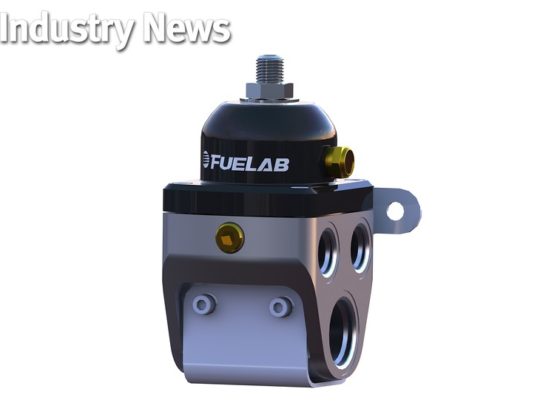,
 Winter may be coming on some TV shows and in the Southern Hemisphere, but in the Northern Hemisphere we are anxiously awaiting temperatures suitable for track days. This pic is from the sunny days of summer 2012.
Winter may be coming on some TV shows and in the Southern Hemisphere, but in the Northern Hemisphere we are anxiously awaiting temperatures suitable for track days. This pic is from the sunny days of summer 2012. As I look back over the past few years, I cannot say that the vacuum system has caused all of my challenges since the turbo swap. There is no question that the money shift I did on the Andretti Straight at CTMP in 2012 was not my best move and had nothing to do with vacuum. However, I have lost two turbos in three years so I am doing everything that I can to ensure that does not happen again. My previous article described how in the fall and early winter I upgraded the FMIC (NX GTi-R: Search for Traction) to ensure that I avoided potential backpressure issues with the turbo. And now I am correcting my errors in sorting out the vacuum and potential crankcase pressure issues. I have read the threads about this on the SR20-forum several times, but I needed both an expert opinion and access to tools that are not in my garage.
 The best work is often done on coffee shop napkins or old work orders. This sketch was an old work order and it shows two or three variations to be considered. In the top left that's the catch can tied into the PCV valve and then to the vacuum line. Bottom right you'll see the lines running to the intake and the stock catch can being incorporated.
The best work is often done on coffee shop napkins or old work orders. This sketch was an old work order and it shows two or three variations to be considered. In the top left that's the catch can tied into the PCV valve and then to the vacuum line. Bottom right you'll see the lines running to the intake and the stock catch can being incorporated.While I was working with Will Au-Yeung’s on his Record Breaker: PZ Tuning's 531 WHP RSX article, we discussed the vacuum setup on my car. He had some ideas which he quickly drafted on the back of an old order form. While I had plumbed the PCV valve back into the vacuum header, there was no catch can inline. Not a good idea – although there was never an issue with oil blow by. I also needed to improve the connections on the driver’s side, as I had it running to open air during track events. Will's knowledge of turbo setups is so far superior to my own that I was very comfortable leaving this in his hands. As soon as the roads were clear of ice and snow, I drove the NX over to Will at PZ Tuning to get this sorted out.
 The new uppipe really looks good when you open the hood. However, the fact that it expands to a full 2.5″ within 4″ of the turbo outlet meant that the OEM catch can required relocating. Relatively neat, and more crowded than ever, as a Greddy catch can is also squished into the engine bay.
The new uppipe really looks good when you open the hood. However, the fact that it expands to a full 2.5″ within 4″ of the turbo outlet meant that the OEM catch can required relocating. Relatively neat, and more crowded than ever, as a Greddy catch can is also squished into the engine bay.First of all you can see that the new uppipe is 2.5” almost immediately and does not have the twists, turns, and constrictions of the original uppipe. If you have been following this car at all, you will remember that Scott Murfin took a Sawzall to the OEM uppipe, rotated it, and then we had it welded back together. And it worked quite well, but this should be better. However, the new uppipe takes up some of the space of the original catch can and Will wanted that back in play. My initial thought was relocating the Greddy catch can to this side and eliminating the OEM unit. We made some brackets and reinstalled it, about 2” to the right of where it used to be. There is a small K&N filter just behind the distributor. For street use this should be plumbed into the intake between the MAF and the turbo. Behind the valve cover you can see the vacuum header but you cannot see in this picture where it ties into the BOV and the vacuum line that wraps around from the back of the engine. Then you see this vacuum header stretching across the quad throttle bodies to where it ties into the Greddy catch can. In turn, the catch can is tied into the PCV valve. The catch can is located here simply because it fits and it sits lower than the PCV valve.
 The OEM catch can was relocated so that it still uses two of the original mounting points, but everything is moved to the driver’s side. The K&N filter to the right of the distributor is only suitable for track use. For the street this should be replaced with a tube that connect to the air intake between the MAF and the turbo.
The OEM catch can was relocated so that it still uses two of the original mounting points, but everything is moved to the driver’s side. The K&N filter to the right of the distributor is only suitable for track use. For the street this should be replaced with a tube that connect to the air intake between the MAF and the turbo. The PCV valve feeds directly into the catch can with the return then going to the vacuum header. There are no clamps yet but they will come.
The PCV valve feeds directly into the catch can with the return then going to the vacuum header. There are no clamps yet but they will come.


